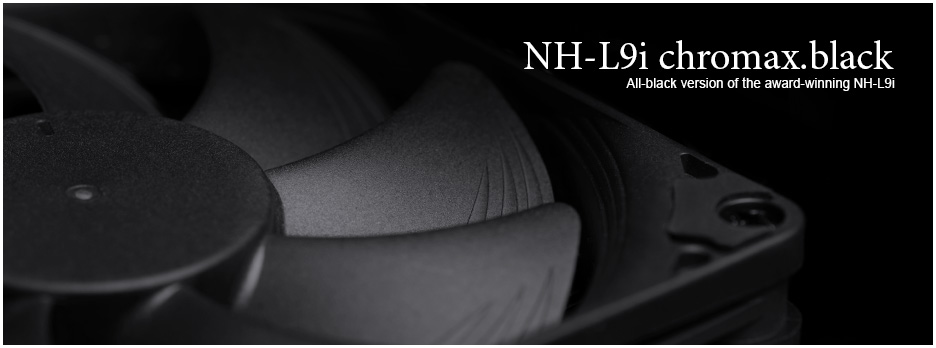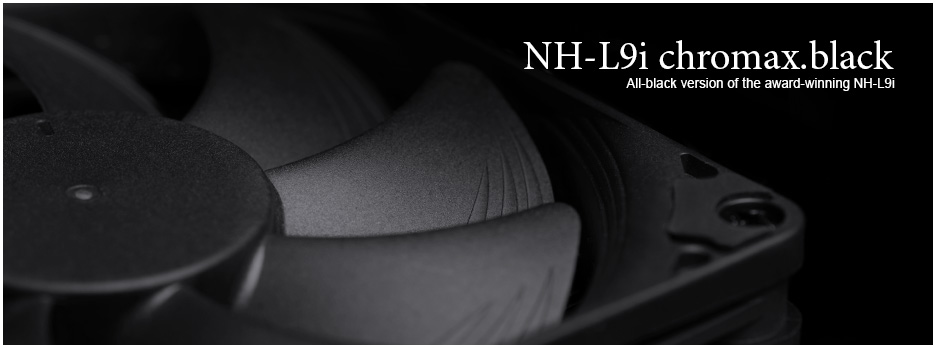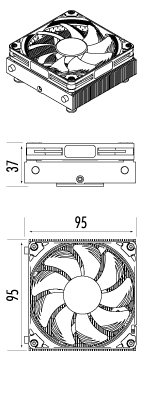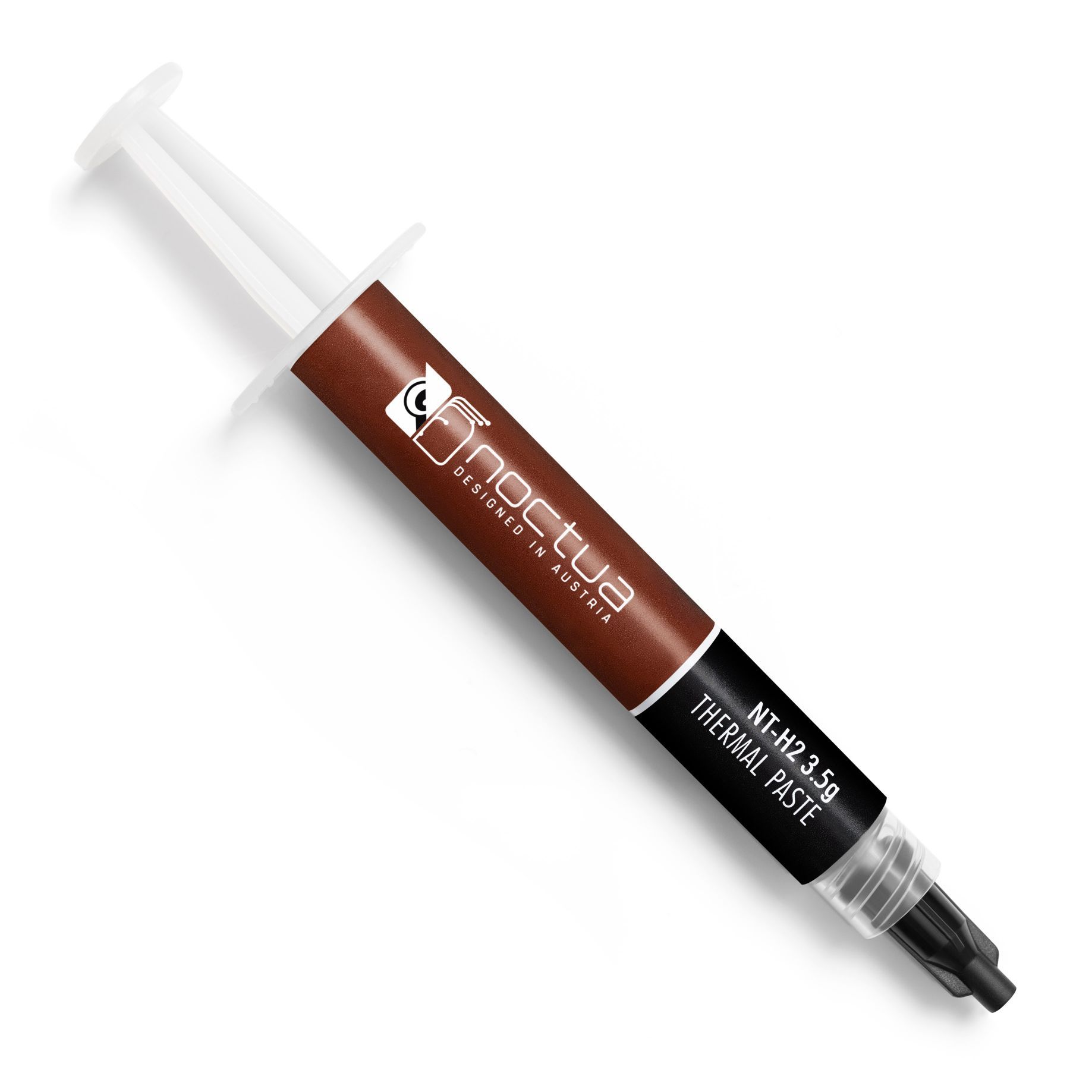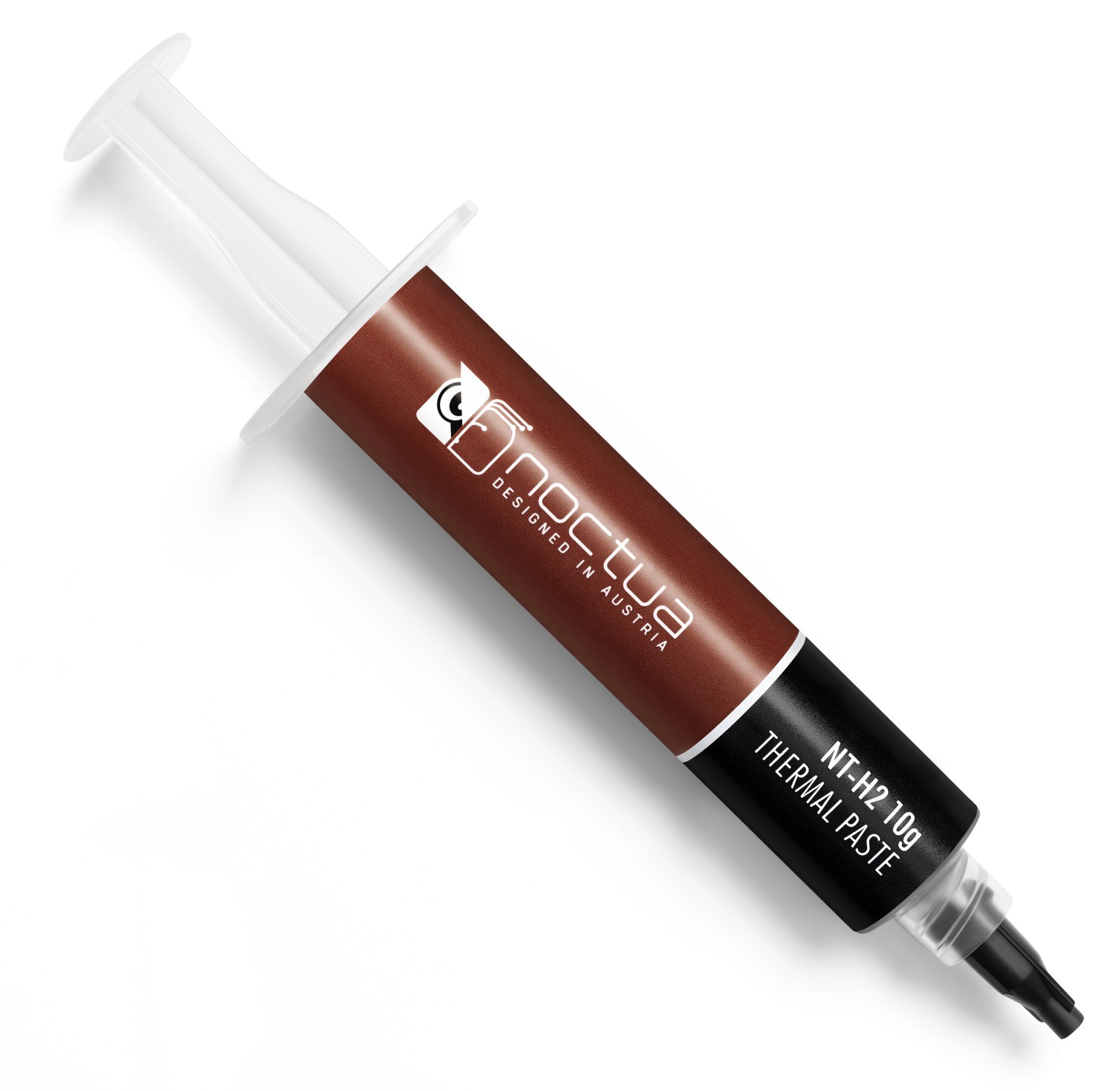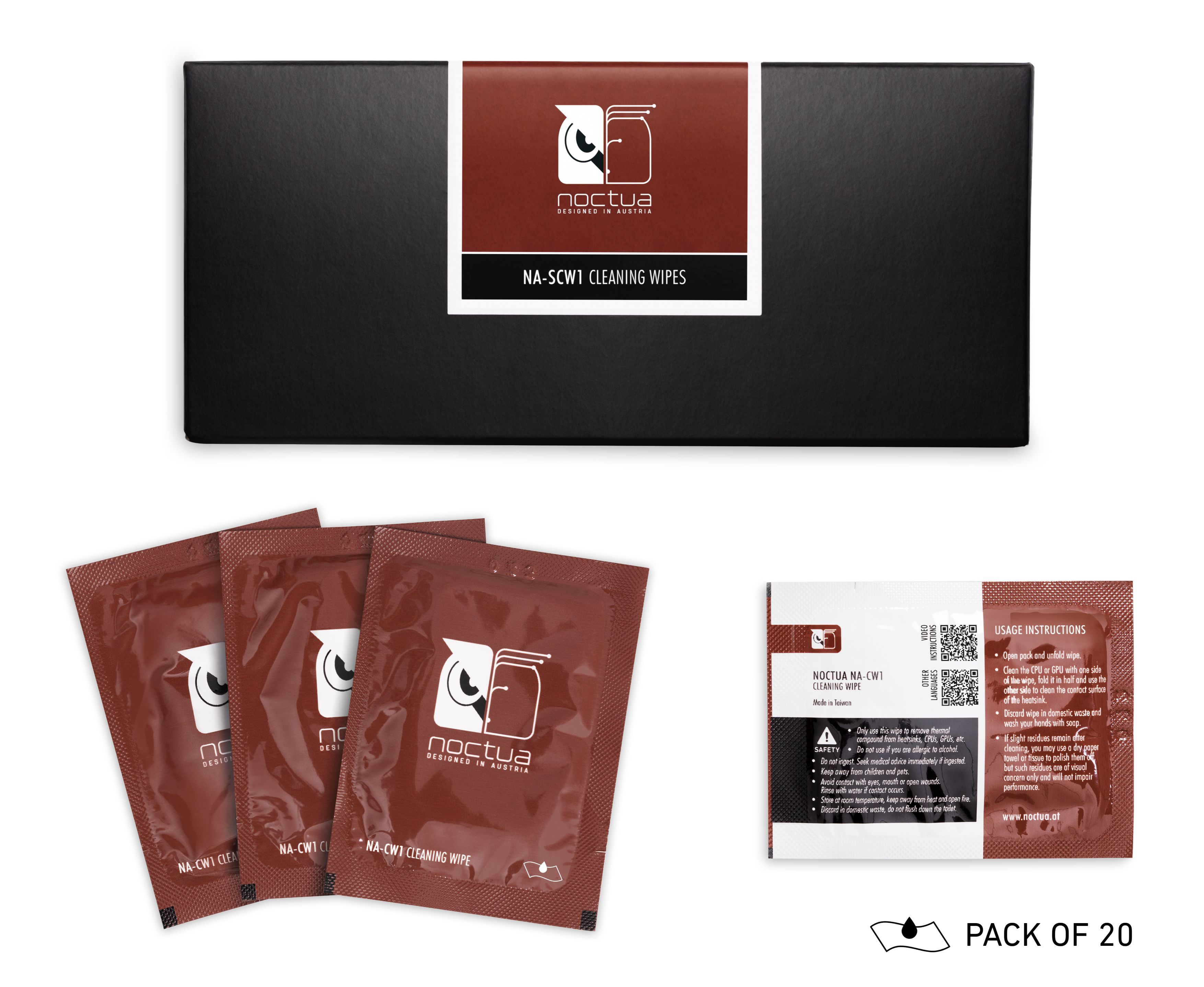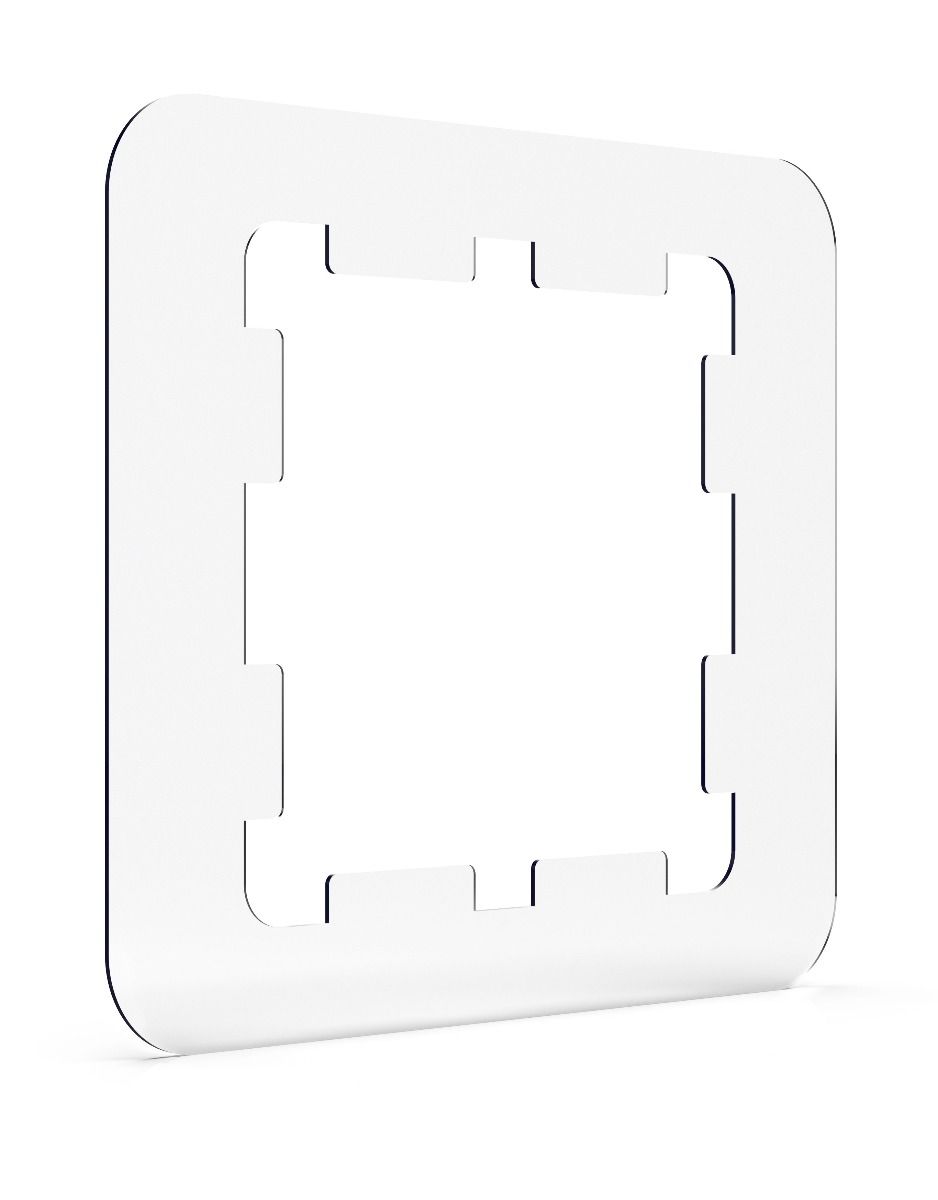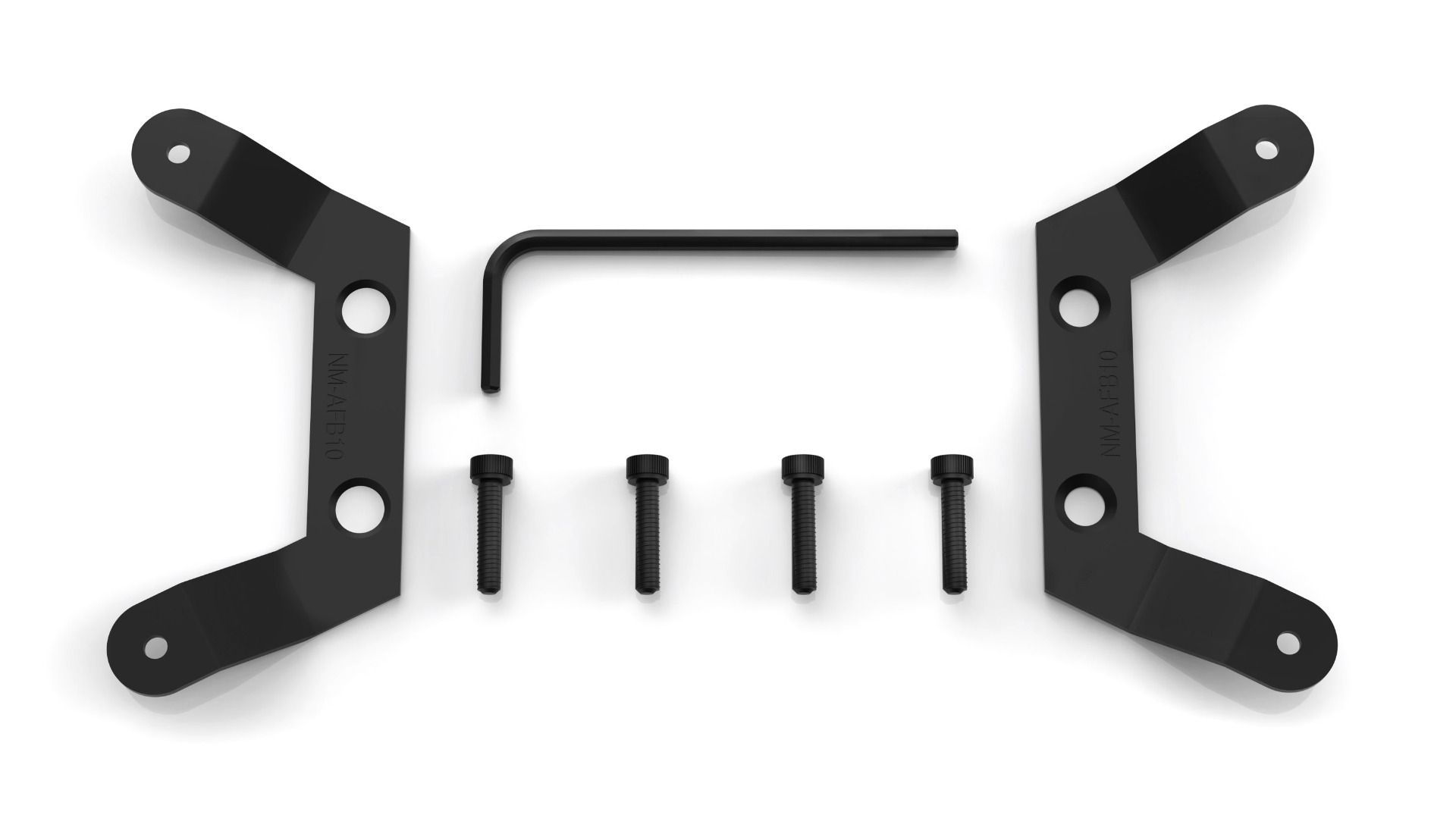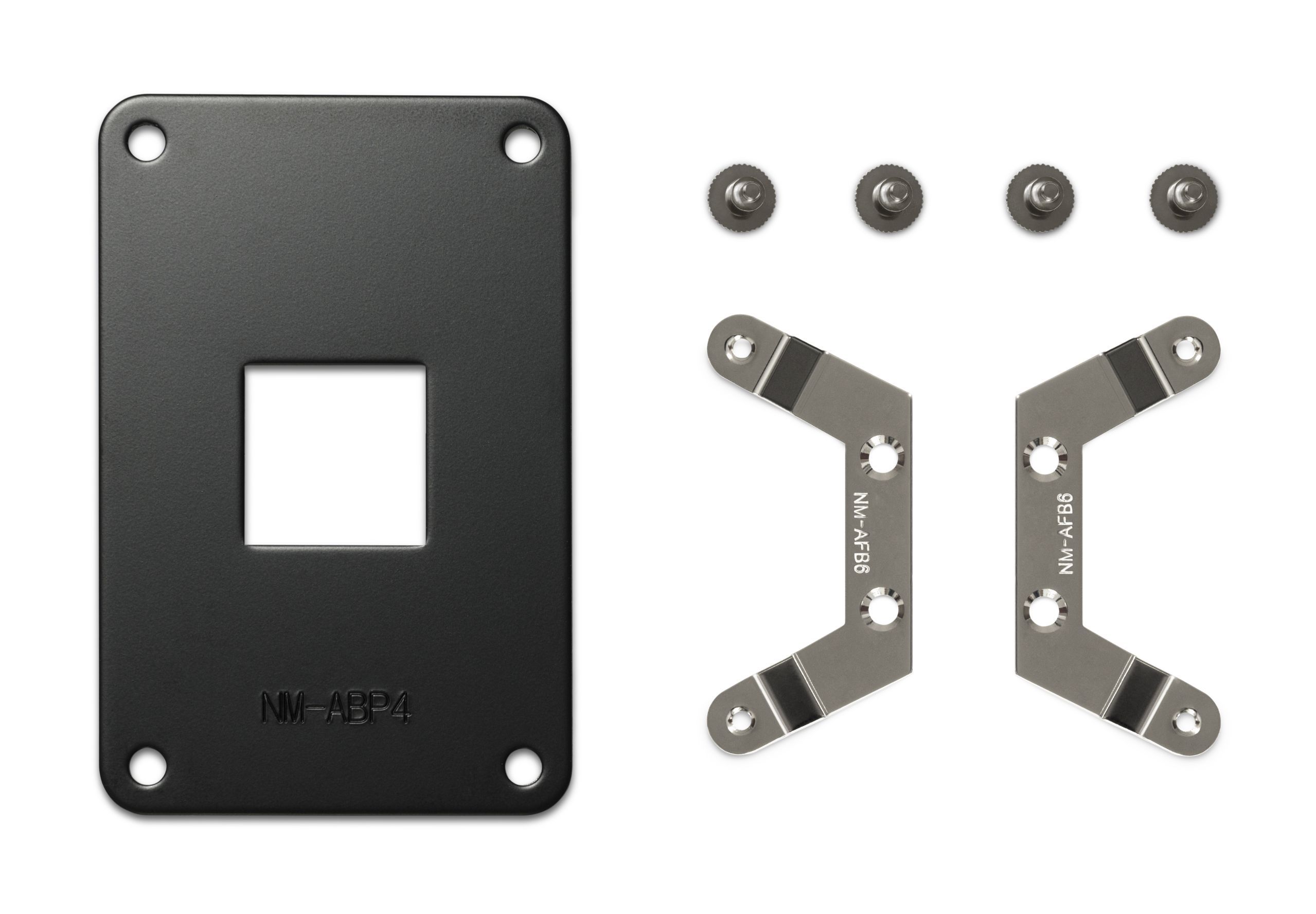When modern CPUs use their turbo modes, they can (depending on the configuration of the UEFI BIOS) dissipate much more heat than indicated by the manufacturer’s TDP (Thermal Design Power) specification. Just like manual overclocking, this puts higher demands on the cooling solution. Our CPU compatibility list helps you to choose the cooler model that is best suited for a given CPU and your individual requirements as far as turbo and overclocking headroom are concerned. We classify our coolers according to the following categories:
best turbo/overclocking headroom
medium turbo/overclocking headroom
low turbo/overclocking headroom
compatible without turbo/overclocking headroom
compatible with certain restrictions (see comment)
incompatible (see comment)
For further information on CPUs exceeding their TDP ratings and how to configure the UEFI BIOS in order to avoid excessively high temperatures, please see this FAQ.
Please also see our general buying guide, motherboard compatibility list and FAQs for further help on how to select the best cooler for your configuration.
Can't find the CPU you're looking for? Please don't hesitate to contact our support team at support@noctua.at in order to obtain compatibility information for CPUs that aren't listed here.

